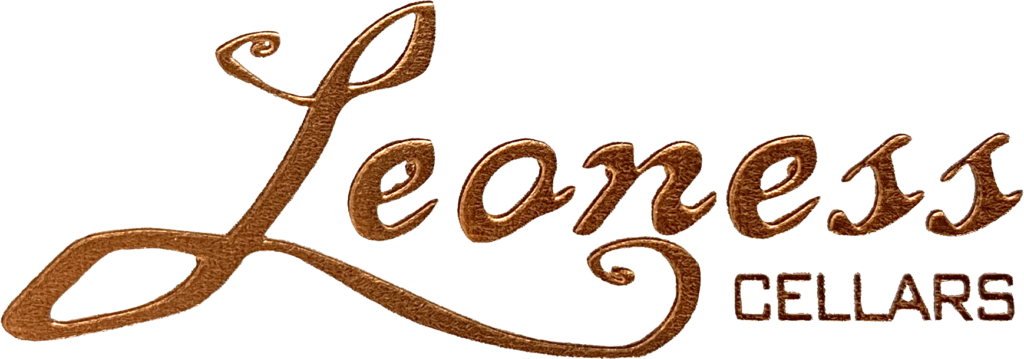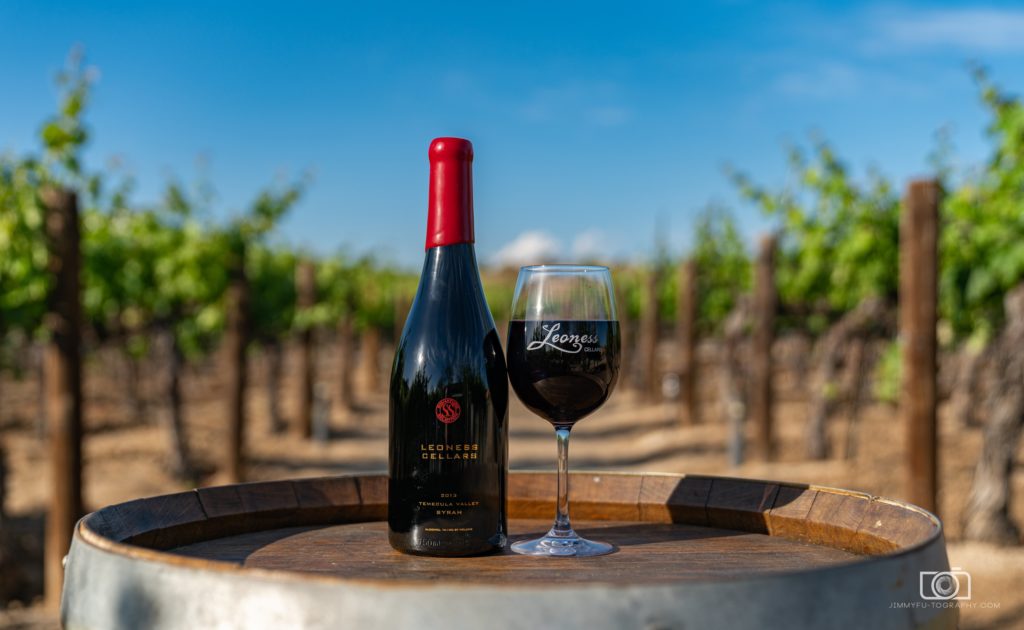Wine tasting engages all of your senses, from vibrant hues to the aromas and flavors that unfold with every pour. With a little bit of knowledge, you can uncover the story in every bottle. At Leoness Cellars, we offer exciting Temecula wine tours and personalized tasting experiences to help you savor wine in an entirely new way.
Ready to dive deeper into the art of tasting? By observing the color, swirling the glass and savoring the nuances, you’ll elevate your wine experience. Whether on one of our signature Temecula wine tours or at home, mastering these techniques will deepen your appreciation and enjoyment of fine wine.
Why Learning to Taste Wine Matters
Mastering the art of wine tasting gives you a deeper appreciation for its complexity. By honing your tasting skills, you can uncover the layers of flavor and aroma that define each wine, allowing you to appreciate the craft behind it. This knowledge not only enhances your ability to savor wine but also enriches your connection to the winemaking process. Whether you’re a beginner or simply refining your skills, mastering these basics enriches every wine experience.
Step-by-Step Guide to Tasting Wine Like A Pro
Wine tasting is a thoughtful, multi-sensory process that brings out layers of character and craftsmanship. The five foundational S’s of wine tasting will help you slow down, engage your senses and approach the experience with greater confidence and curiosity—revealing the full depth of its flavors.
Step 1: See
Begin by observing the wine’s appearance. Take note of its color, clarity and the legs that form on the inside of the glass as it swirls. These visual clues can offer insight into the wine’s age, body and alcohol content.

Step 2: Swirl
Gently swirl the wine in your glass to aerate it, which allows the wine to release its aromas. This action also helps to open up the wine, letting you explore its character in full.
Step 3: Smell
Take a moment to inhale deeply, identifying the various scents that emerge. You might detect notes of fruit, flowers, spices or even oak. Smelling the wine is a key step in understanding its complexity.
Step 4: Sip
When it’s time to take the first small sip, focus on how the wine moves and settles on your palate. Notice the layers of flavor that unfold and the texture—whether it’s smooth, tannic or velvety.
The way a wine feels on the palate—known as the mouthfeel— is essential to the full tasting experience, revealing nuances beyond flavor alone. Below are different types of mouthfeels you might encounter, each contributing to the wine’s texture and sensation on your palate.
- Smooth: A soft, rounded texture that glides easily over your tongue. Often associated with wines that have been well-aged or have low tannins.
- Tannic: A drying sensation along the gums and sides of your mouth. This comes from tannins found in grape skins, seeds and stems, creating a firm, gripping texture.
- Velvety: A luxurious, soft feeling that envelops your palate, like fine fabric. Typically found in wines with a well-balanced tannin structure and rich, complex flavors.
- Full-bodied: A heavier, more substantial feeling in your mouth, leaving a lingering sensation. These wines are often rich and robust in flavor.
- Light-bodied: A crisp, clean sensation, typically refreshing and easy to drink. These wines have a lighter texture, often with a clean, quick finish.
Step 5: Savor
Finally, reflect on the finish, the lingering flavors after you swallow. A wine’s finish reveals much about its quality and balance. The longer the flavors linger, the more depth the wine typically has.
By following these steps, you’ll enhance your tasting experience and form a deeper connection with the wine you’re enjoying. Whether you’re exploring the nuances of a bottle on your own or engaging in a guided tasting, mastering these techniques will transform the way you savor wine.
Tips for Enhancing Your Tasting Skills
Improving your wine tasting skills is a journey of exploration and practice. Here are a few tips to help refine your palate and make your tasting experiences even more enjoyable:
- Keep a Wine Journal:
Track your wine-tasting experiences by jotting down notes on the wines you try. Noting flavors, aromas and impressions will help you identify patterns and preferences over time. This method helps build your tasting knowledge and makes it easier to remember past favorites.
- Attend Professional Wine Tastings:
Participating in guided wine tastings, like those offered at Leoness Cellars, can deepen your understanding of wine. Expert sommeliers and winemakers provide valuable insights into the wines you sample, helping you discover new nuances to broaden your palate.
- Start with Lighter Wines:
When exploring new wines, begin with lighter options before moving on to heavier, more complex ones. This allows your palate to adjust gradually, enhancing your ability to distinguish subtle notes and flavors in more robust wines.
- Trust Your Senses:
Wine tasting is about personal discovery. While technical knowledge can be helpful, the most important tool is your own senses. There’s no right or wrong way to experience a wine—trust your instincts and enjoy the journey.
Common Wine Tasting Terms to Know
Understanding wine vocabulary enhances your tasting experience and helps you appreciate the unique qualities of the wines you try. Here’s a brief glossary of key terms to guide your exploration:
- Acidity:
Acidity gives a wine its crispness and freshness. Wines with higher acidity often feel bright and lively, while lower acidity wines tend to be rounder and smoother.
- Body:
The body of a wine refers to its weight or fullness in the mouth. A full-bodied wine feels rich and heavy, while a light-bodied wine is more delicate and refreshing.
- Bouquet:
Bouquet refers to the complex aromas that develop as a wine ages. These scents evolve over time, offering layers of fragrance that reflect the wine’s maturation.
- Finish:
The finish is the lingering taste after swallowing. A long, smooth finish often indicates a well-balanced, high-quality wine. A shorter finish may suggest a lighter or simpler wine.
- Tannins:
Tannins are compounds from the grape skins, seeds and stems, contributing to a wine’s structure and mouthfeel. Tannins can make a wine feel dry or puckering, particularly in red wines.
- Terroir:
Terroir encompasses the environmental factors that affect a wine’s flavor—things like soil, climate and topography. It’s a French term that highlights the connection between the land and the wine produced from it.
- Vintage:
The vintage indicates the year the grapes were harvested. This term can reflect the unique conditions of that year, such as climate and weather, which influence the wine’s character.
As you explore the wines on your next Temecula wine tour, feel free to use these terms to describe your experience. Discussing the nuances of a wine with your guide or fellow guests can deepen your connection to the winemaking process.
Put Your Wine Tasting Knowledge to the Test
Learning to taste wine like a pro isn’t just about enhancing your skills; it’s about deepening your connection to the wine and the art behind it. With a few key techniques, you can unlock the full spectrum of flavors, aromas and craftsmanship in every glass. Whether you’re a beginner or a seasoned enthusiast, understanding the basics makes every tasting experience that much more rewarding.
Now that you’ve mastered the essentials, why not put your new skills to the test? Plan your next wine tasting adventure at Leoness Cellars and experience the craft of winemaking firsthand with our selection of award-winning wines.

